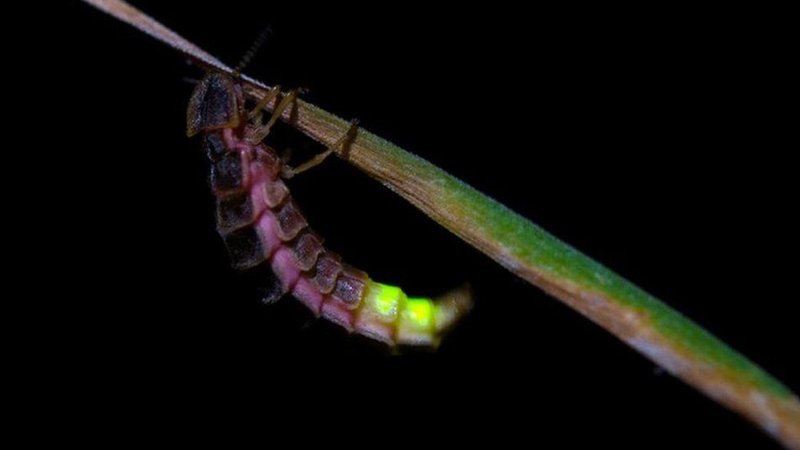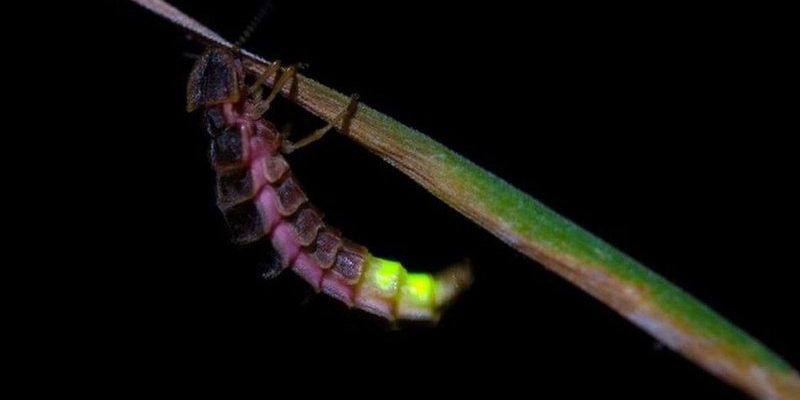
Glow worms are not just beautiful; they’re fascinating creatures. While we often think of them lighting up our childhood memories on summer nights, they also have a practical side. You might be wondering how these luminescent critters contribute to farming. Understanding their role can help farmers make informed decisions about how to manage their land. The balance of nature is delicate, and recognizing whether glow worms are beneficial partners or pesky problems is vital for growers everywhere.
What Are Glow Worms?
Glow worms, or *Lampyridae*, are a group of beetles that emit light during their larval stage. It’s like having little stars scattered throughout the grass. While the adults might not glow, their larvae do, using bioluminescence to attract prey and deter predators. Imagine being able to communicate without saying a word—just shining your way to safety or dinner.
These insects thrive in moist environments, often found in grasslands, woodlands, and even caves. In agriculture, they can sometimes wander into crop fields. You might think of them as little garden guardians, lighting up the night sky. But as we dig deeper, we’ll see that they can also introduce some challenges for farmers.
The Benefits of Glow Worms in Agriculture
So, why would farmers want glow worms on their land? Well, there are a few benefits to consider.
Pest Control: Glow worm larvae are predatory and enjoy snacking on smaller insects like snails and slugs, which can wreak havoc on crops. This natural pest control reduces the need for chemical pesticides, a win-win for both the environment and crop health.
Soil Health: Glow worms indicate a thriving ecosystem. Their presence suggests that the soil is rich and healthy, which is crucial for crop production. Healthier soil leads to more robust plants, ultimately boosting yields.
When you think about glow worms, envision them as tiny farmers working tirelessly to keep everything in balance. The more we understand their roles, the better our farming practices will become.
Challenges Presented by Glow Worms
While glow worms have their perks, they can also present some challenges in agricultural settings.
Crop Damage: In larger populations, glow worms can become a nuisance. Their larvae might strip young plants of leaves or damage sensitive crops, leading to reduced yields. It’s a bit like inviting friends over for a party, only to find that they’ve broken your favorite vase while having too much fun!
Management Difficulties: If a farmer finds glow worm populations skyrocketing, they may need to implement management strategies. This could involve adjusting irrigation practices or using natural deterrents. However, controlling their populations without harming the environment can be tricky.
Farmers must weigh the pros against the cons, deciding whether glow worms are allies or adversaries in their agricultural journey.
How to Manage Glow Worm Populations
If farmers decide that glow worms are more foe than friend, there are several approaches they can take to manage their populations effectively.
Natural Deterrents: One option is to introduce natural predators that can help keep glow worm numbers in check. Birds and certain insects may provide a balance, ensuring the glow worm population doesn’t explode.
Habitat Modification: Adjusting the landscape can also deter glow worms. For instance, reducing moisture in specific areas of fields may make them less inviting for these creatures, leading to lower populations.
Crop Rotation: Implementing crop rotation can confuse pest populations, including glow worms. Switching up crops in a field keeps them on their toes and can help manage their numbers while promoting soil health.
By integrating these strategies, farmers can take control of their fields, ensuring a healthier balance between glow worms and crop productivity.
The Role of Glow Worms in Biodiversity
Glow worms also play a significant role in maintaining biodiversity within agricultural ecosystems.
Indicators of Ecosystem Health: As mentioned, their presence usually indicates a thriving environment. This means that if you’re seeing glow worms, it could be a sign of good soil health and sufficient biodiversity. Healthy ecosystems are essential for sustainable agriculture, promoting resilience against diseases and pests.
Supporting Food Chains: Glow worms are part of the larger food web. They provide nourishment for various predators, including birds and small mammals. By supporting a diverse range of species, farmers can contribute to a balanced ecosystem, which is beneficial for their crops in the long run.
When farmers recognize the interconnectedness of all living creatures, including glow worms, they can develop practices that promote health for both their crops and the environment.
In the grand scheme of agriculture, glow worms remind us of the delicate balance between nature and farming. They can be both friends and foes, depending on the situation. On one hand, they act as natural pest controllers and indicators of soil health; on the other, they can cause crop damage if their populations grow too large.
Farmers must consider the unique needs of their land and crops when deciding how to handle glow worms. By embracing sustainable practices that appreciate the roles these little creatures play, we can work towards a healthier agricultural future. It’s all about finding harmony and understanding that nature has its way of balancing everything out.
So next time you catch a glimpse of those glowing beauties, think about their impact on agriculture. They may just hold the key to a more sustainable future in farming.

